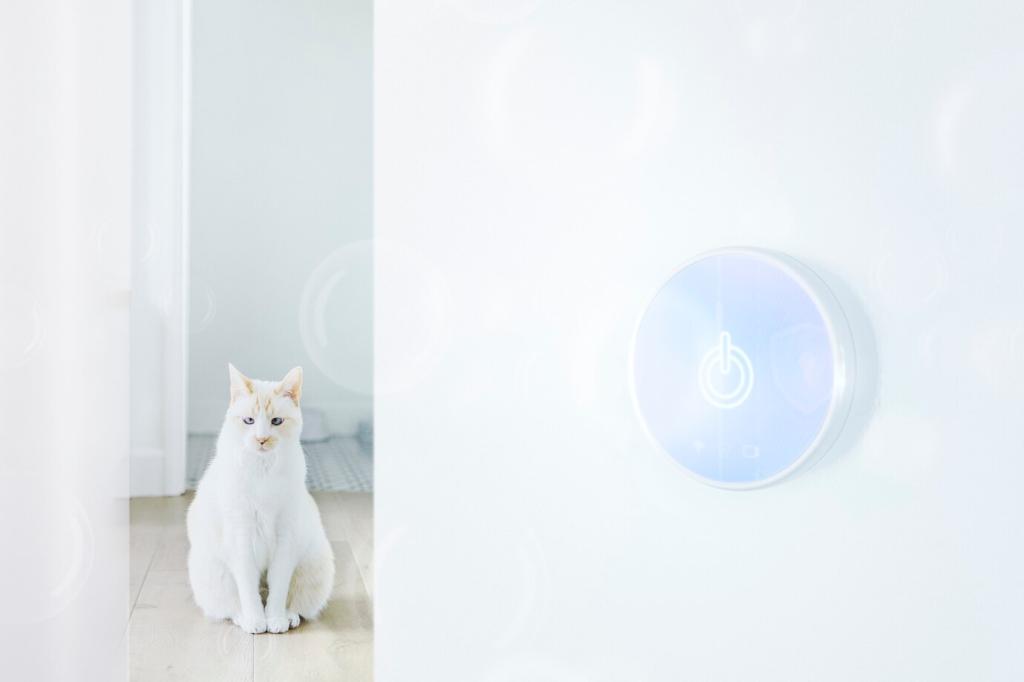Why Smart Lighting Matters Right Now
LEDs paired with adaptive dimming, occupancy sensors, and daylight harvesting can reduce lighting energy by 30–60% without sacrificing warmth or style. Lights brighten only when needed, soften when the sun steps in, and shut off after empty rooms. Share your monthly savings goals, and we’ll help you design scenes that achieve them.
Why Smart Lighting Matters Right Now
Cooler, brighter morning light nudges alertness; warmer, dimmer evening light prepares the brain for rest. That circadian‑aware approach supports steadier focus, calmer bedtimes, and better sleep quality. Try a “Gentle Sunrise” scene before alarms. If it helps you wake easier, comment with your brightness and color temperature settings so others can copy.






